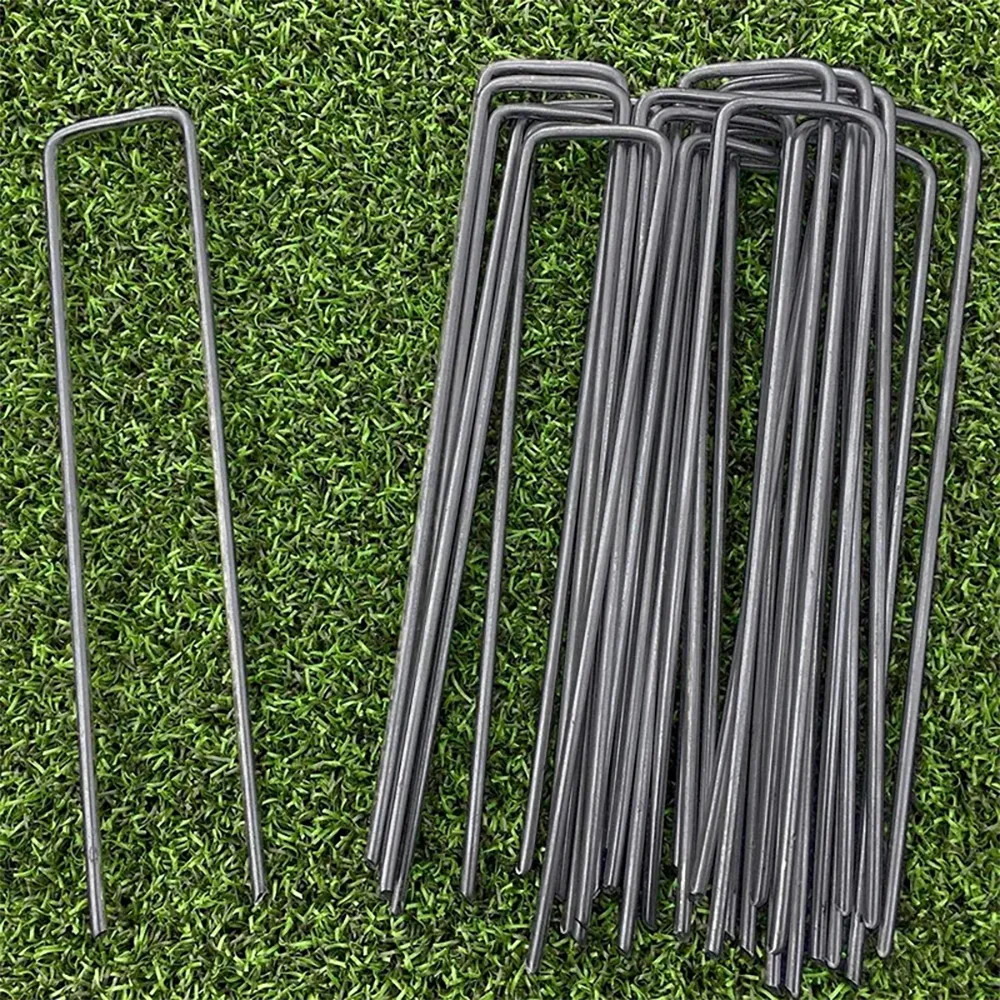Choosing the Right Long Nail for Wood Projects and Applications
Understanding Long Nails for Wood A Comprehensive Guide
When it comes to woodworking and carpentry, the type of fasteners used plays a crucial role in the strength and durability of the finished product. Among the various fasteners available, long nails are a popular choice for securing wood pieces together. This article will explore the benefits, types, and proper usage of long nails in woodworking.
What Are Long Nails?
Long nails are fasteners that have a longer shank than standard nails, typically measuring over three inches in length. Designed primarily for joining thicker pieces of wood or for applications that require enhanced holding power, these nails are crafted from a variety of materials including steel, stainless steel, and galvanized steel to resist corrosion and provide added strength.
Benefits of Using Long Nails
1. Enhanced Holding Power Long nails provide superior holding strength compared to shorter nails. Their extended length allows them to penetrate deeper into the wood, which is particularly useful when working with thick lumber or when attaching heavier components.
2. Better Stability When joining large sections of wood, stability is essential. Long nails reduce the risk of joint separation over time, ensuring that the structure remains solid and intact.
3. Versatile Applications These nails are ideal for a range of woodworking projects, including framing, building furniture, and constructing decks. Their versatility makes them a go-to choice for both amateur and professional woodworkers.
4. Reduced Splitting The tapered design of long nails helps prevent wood from splitting, which can be a common issue with shorter fasteners in thick or dense wood.
Types of Long Nails
1. Common Nails These are the most basic type of long nail, typically used for general construction projects. They have a flat head and are commonly made from steel or galvanized materials for outdoor use.
long nail for wood

2. Finishing Nails Finishing nails are smaller and have a smaller head than common nails. They are used when the aesthetic finish is important, as their smaller head can be driven in below the surface of the wood.
3. Ring Shank Nails These nails feature a ringed shank that provides increased holding power. They are especially useful in applications where there may be a high risk of withdrawal.
4. Screw Nails Also known as spiral nails, these have a twisted design that allows for greater grip within the wood. They are often used in applications where additional holding strength is required, such as in decking boards.
How to Use Long Nails Properly
Using long nails effectively requires proper technique. Here are some tips to consider
- Pre-drill Holes In harder woods, it's advisable to pre-drill holes to prevent splitting. This can help ensure that the nail drives in smoothly and doesn’t cause damage to the wood.
- Angle Matters When nailing two pieces of wood together, a slight angle can increase the holding power. This technique, often referred to as toe nailing, is particularly effective in framing.
- Use the Right Hammer A heavy hammer or mallet may be required to drive in long nails efficiently. Ensure you have a hammer that you can control to avoid bending or breaking the nails.
- Avoid Overdriving Be careful not to overdrive the nails, especially finishing nails, as this can lead to damage to the wood surface. Use a nail set for precise control when finishing nails need to be placed below the wood surface.
Conclusion
Long nails are an essential component in the toolbox of any woodworker or carpenter. Their strength, versatility, and reliability make them ideal for a variety of projects. By understanding the types of long nails available and utilizing them correctly, you can enhance the quality and longevity of your woodworking projects. Whether you are building a simple birdhouse or a complex outdoor deck, long nails can ensure your work stands the test of time.
-
Innovations in Razor Barbed Wire Design TechnologyNewsAug.11,2025
-
Roofing Nail Compatibility with Different Metal Roof TypesNewsAug.11,2025
-
Welded Wire Mesh for Rockfall Protection BarriersNewsAug.11,2025
-
Galvanized Wire Corrosion Resistance TestingNewsAug.11,2025
-
3D Fence Solutions Preventing Bird CollisionsNewsAug.11,2025
-
Using Chain Link Fence for Urban Garden SupportNewsAug.11,2025




